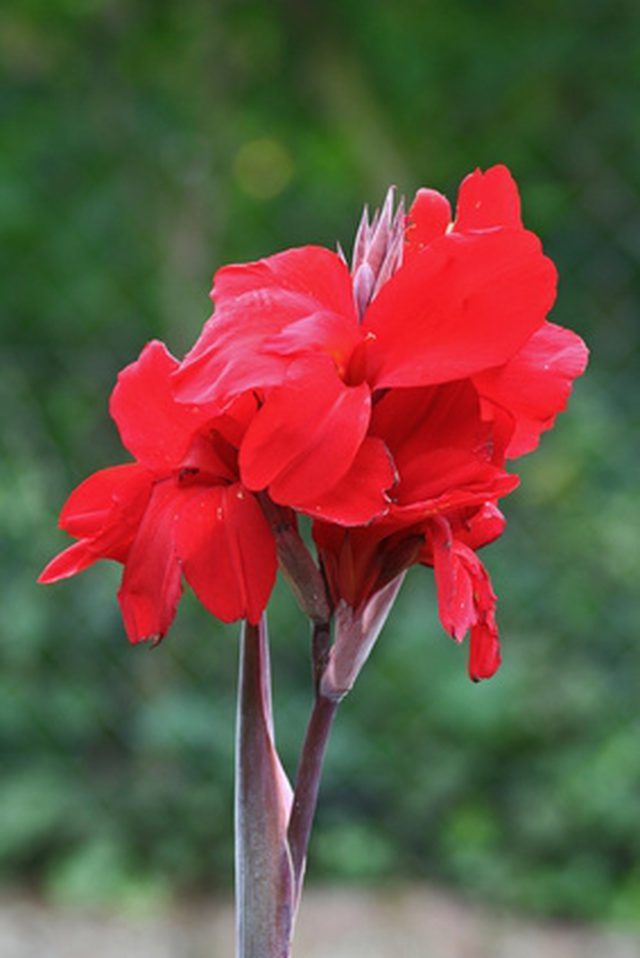Bulbs
Flower Basics
Flower Beds & Specialty Gardens
Flower Garden
Garden Furniture
Garden Gnomes
Garden Seeds
Garden Sheds
Garden Statues
Garden Tools & Supplies
Gardening Basics
Green & Organic
Groundcovers & Vines
Growing Annuals
Growing Basil
Growing Beans
Growing Berries
Growing Blueberries
Growing Cactus
Growing Corn
Growing Cotton
Growing Edibles
Growing Flowers
Growing Garlic
Growing Grapes
Growing Grass
Growing Herbs
Growing Jasmine
Growing Mint
Growing Mushrooms
Orchids
Growing Peanuts
Growing Perennials
Growing Plants
Growing Rosemary
Growing Roses
Growing Strawberries
Growing Sunflowers
Growing Thyme
Growing Tomatoes
Growing Tulips
Growing Vegetables
Herb Basics
Herb Garden
Indoor Growing
Landscaping Basics
Landscaping Patios
Landscaping Plants
Landscaping Shrubs
Landscaping Trees
Landscaping Walks & Pathways
Lawn Basics
Lawn Maintenance
Lawn Mowers
Lawn Ornaments
Lawn Planting
Lawn Tools
Outdoor Growing
Overall Landscape Planning
Pests, Weeds & Problems
Plant Basics
Rock Garden
Rose Garden
Shrubs
Soil
Specialty Gardens
Trees
Vegetable Garden
Yard Maintenance
Winter Care of Canna Plants
Winter Care of Canna Plants. Related to the banana, the canna plant belongs to the Cannaceae family and the genus Canna. This herbaceous plant is native to the tropics and grown from rhizomes. Easily killed by frost, canna plants require special care during the winter season if you live outside of USDA hardiness zones 7b through 11, where the...

Related to the banana, the canna plant belongs to the Cannaceae family and the genus Canna. This herbaceous plant is native to the tropics and grown from rhizomes. Easily killed by frost, canna plants require special care during the winter season if you live outside of USDA hardiness zones 7b through 11, where the temperatures fall below 5 degrees F. In such cold areas, canna plants must go through a dormancy process that is crucial to the health of their rhizomes.
Things You'll Need
Sharp pair of scissors or pruning shears
Gardening gloves
Plastic flowerpots
Spray bottle of water
Allow the canna plants to die back in the fall. During the die back process, plant energy created by the leaves from solar or sun energy is transferred to the rhizome. The rhizome stores up the energy for the following growing season.
Cut the canna plants down to the soil line after their leaves turn brown. Use a sharp pair of scissors or a pair of pruning shears to cut away the foliage.
Dig up the canna rhizomes after cutting down the foliage. The first hard frost of winter will kill the foliage causing it to turn brown. Slip on a pair of gardening gloves and use your hands to remove the rhizomes from the soil, carefully.
Place the canna rhizomes, along with their attached soil, into a plastic flowerpot to overwinter. Store the flowerpot in an area with a constant temperature of approximately 50 degrees F. A cool area such as a basement, shed or garage should suffice.
Keep the canna rhizomes moist over the winter. If the attached soil appears dry, mist the rhizomes with a spray bottle of water to moisten. Allowing the rhizomes to dry out can affect their viability.
Tips & Warnings
If you live within USDA hardiness zones 7 through 11, you can keep the canna rhizomes in the ground over the winter. Canna plants that overwinter in the soil will grow new foliage in the spring.
Do not store the canna rhizomes in paper or cardboard containers over the winter. Canna rhizomes prefer dampness and paper or cardboard will cause the rhizomes to dry out.
Do not cut the canna plants to the soil line before the die back process is complete. Cutting the canna plants down while the leaves are still green can kill the rhizome.